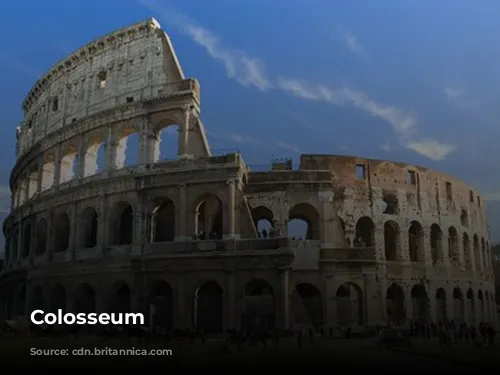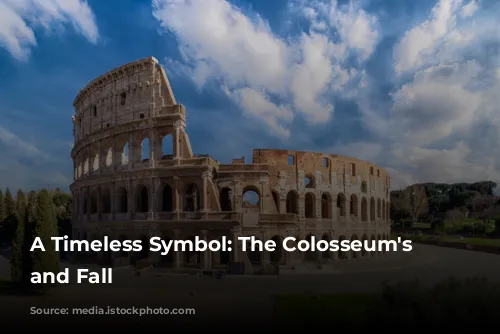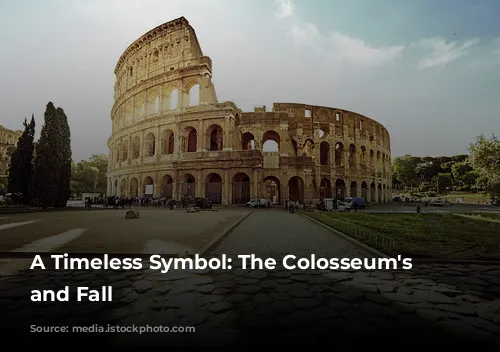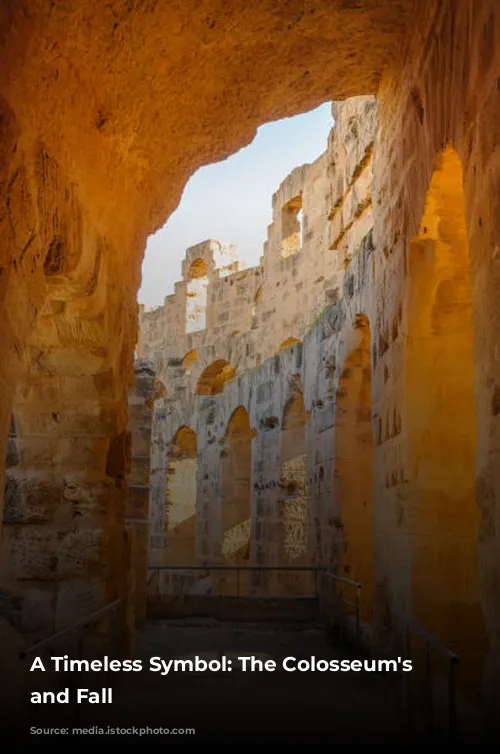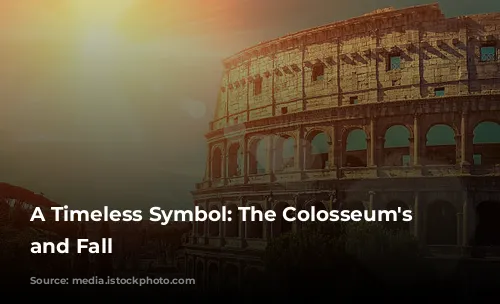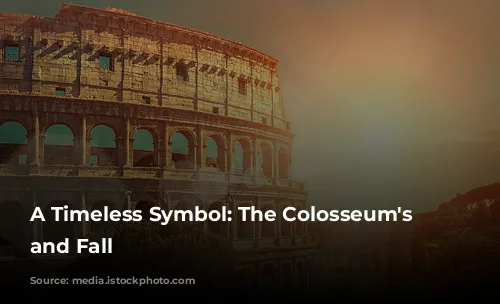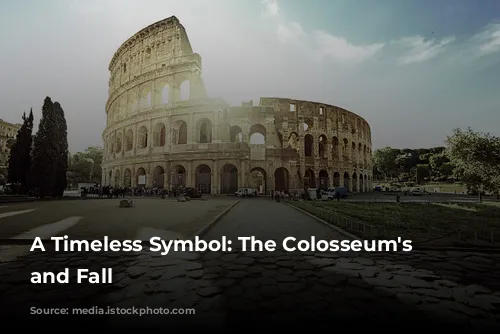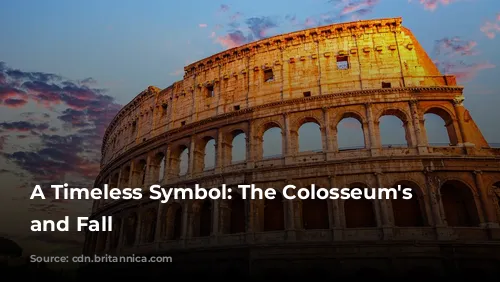The Colosseum, a magnificent relic of the Roman Empire, stands as a testament to the architectural and engineering genius of its time. More than just a historical landmark, this iconic structure also plays a vital role in the Italian economy, attracting millions of tourists each year. In 2018, the Colosseum, Roman Forum, and Palatine Hill combined to generate over $63.3 million (€53.8 million) in revenue, making them the top tourist attraction in all of Italy.
The Colosseum’s journey has been marked by both grandeur and neglect. After the decline of the Western Roman Empire, the Colosseum fell into disrepair. During the 12th century, powerful families like the Frangipane and Annibaldi used the once-glorious arena as a fortress. Later, in the 15th century, Pope Alexander VI allowed the Colosseum to be used as a quarry, stripping it of its precious materials. For over a thousand years, this architectural marvel faced abandonment and degradation. However, in the 1990s, the Italian government launched a significant restoration effort, breathing life back into the aging structure.
The Colosseum’s origins lie in the ambitious plans of Emperor Vespasian to revitalize Rome. Following a tumultuous year of political upheaval, known as the “Year of the Four Emperors” in 69 CE, Vespasian sought to restore stability and grandeur to the city. As with other amphitheatres, the emperor envisioned the Colosseum as a center for public entertainment, hosting a variety of spectacles, including thrilling gladiator fights, exotic animal hunts, and even mock naval battles.
The Colosseum’s construction spanned nearly a decade, from 70 to 80 CE, under the reigns of two emperors: Vespasian and Titus. The project was funded by the spoils of war, specifically from Titus’s conquest of Jerusalem in 70 CE. Sadly, the Colosseum was built by enslaved Jews, a sobering reminder of the complex realities of the Roman Empire. The Colosseum’s fourth story was later added by Emperor Domitian in 82 CE, signifying the continuing investment in this remarkable structure.
A Monument of Might and Spectacle
The Colosseum is a massive amphitheatre, also known as the Flavian Amphitheatre, built by the Flavian emperors. This elliptical structure, crafted from stone, concrete, and tuff, stands four stories tall at its highest point, towering over the surrounding landscape. Measuring an impressive 620 by 513 feet (189 by 156 meters), the Colosseum could accommodate an astonishing 50,000 spectators. Its primary purpose was to host gladiatorial combat, a popular form of entertainment in ancient Rome.
The Colosseum’s construction was strategically planned, replacing Nero’s Golden House with a public space. Located just east of Palatine Hill, the Colosseum was built on the site of the artificial lake that was once the centerpiece of Nero’s opulent palace. This deliberate choice, as much symbolic as practical, reflected Vespasian’s intent to replace the tyrannical emperor’s private indulgence with a structure dedicated to the public.
The Colosseum’s design was a marvel of Roman engineering. Unlike earlier amphitheatres, which often relied on natural hillsides for support, the Colosseum is a freestanding structure. Its intricate system of barrel vaults and groin vaults, combined with the use of travertine, volcanic tufa, and concrete, created a structure of exceptional strength and durability. The Colosseum’s unique design also features three tiers of arcades, adorned with engaged columns in the Doric, Ionic, and Corinthian orders, a feature that became a cornerstone of Renaissance architecture.
A Witness to History’s Shifting Sands
The Colosseum provided a grand stage for a variety of spectacular events. Its vast arena, capable of hosting thousands of spectators, was the scene of gladiatorial battles, animal hunts, and even elaborate mock naval battles. While the Colosseum’s association with the martyrdom of early Christians is debated, it remains a poignant reminder of the turbulent and complex history of Rome.
The Colosseum’s fate, after the fall of the Roman Empire, mirrored the decline of the city itself. The once-grand arena was transformed into a church, then a fortress, and ultimately, a quarry. The Colosseum’s marble seats and decorative elements were plundered, leaving behind a shell of its former glory. For over a thousand years, the structure stood as a neglected monument to a bygone era.
However, the Colosseum’s story is not one of pure decline. In the 19th century, preservation efforts began in earnest, led by Pope Pius VIII. In the 1990s, a major restoration project breathed new life into this ancient wonder. Today, the Colosseum stands as one of Rome’s most treasured attractions, welcoming millions of visitors each year. As visitors marvel at its imposing structure and imagine the spectacles of its past, the Colosseum continues to connect us to the legacy of the Roman Empire.


